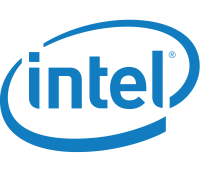
Intel Corp
NASDAQ:INTC
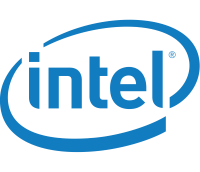
ROIC
Return on Invested Capital
ROIC, or Return on Invested Capital, tells you how good a company is at turning its invested money into profits. In simple terms, ROIC shows how many dollars of profit the company makes for each dollar it has invested. A higher ROIC usually means the company is using its money wisely to grow and make more profits, which is a good sign for investors.
ROIC Across Competitors
| Country | Company | Market Cap | ROIC | ||
|---|---|---|---|---|---|
| US |

|
Intel Corp
NASDAQ:INTC
|
93.7B USD |
-5%
|
|
| US |
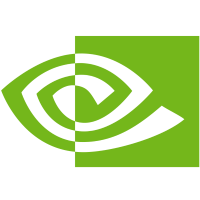
|
NVIDIA Corp
NASDAQ:NVDA
|
3.5T USD |
148%
|
|
| US |
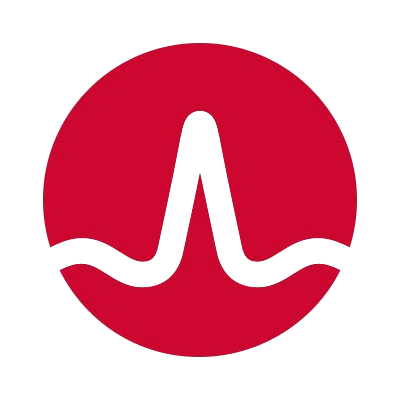
|
Broadcom Inc
NASDAQ:AVGO
|
1.2T USD |
10%
|
|
| TW |

|
Taiwan Semiconductor Manufacturing Co Ltd
TWSE:2330
|
26.7T TWD |
30%
|
|
| US |

|
Advanced Micro Devices Inc
NASDAQ:AMD
|
204.9B USD |
4%
|
|
| US |
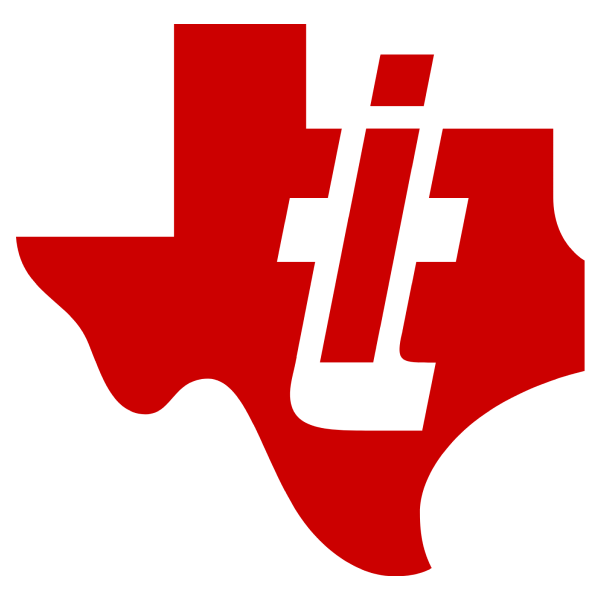
|
Texas Instruments Inc
NASDAQ:TXN
|
180.3B USD |
19%
|
|
| US |
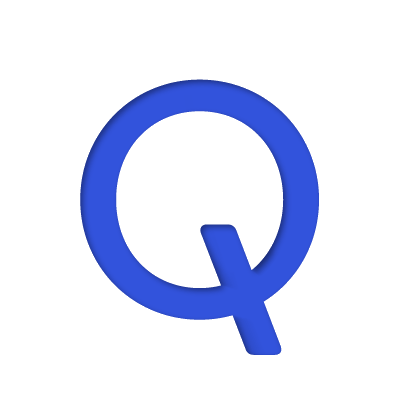
|
Qualcomm Inc
NASDAQ:QCOM
|
169B USD |
29%
|
|
| UK |

|
Arm Holdings PLC
NASDAQ:ARM
|
154.4B USD |
16%
|
|
| US |
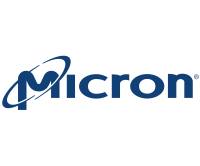
|
Micron Technology Inc
NASDAQ:MU
|
136.2B USD |
8%
|
|
| KR |

|
SK Hynix Inc
KRX:000660
|
170.5T KRW |
24%
|
|
| US |
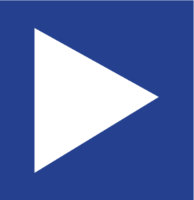
|
Analog Devices Inc
NASDAQ:ADI
|
114B USD |
5%
|
Intel Corp
Glance View
In the bustling world of technology, where the landscape is incessantly reshaped by innovation and fierce competition, Intel Corporation stands as a formidable entity at the intersection of engineering prowess and strategic vision. Founded in 1968 by Robert Noyce and Gordon Moore, Intel has been pivotal in defining the semiconductor industry. The company initially carved its niche through pioneering advancements in memory chips, but it was the development of the microprocessor that propelled Intel into the echelons of tech giants. The x86 series of microprocessors, which became the core of personal computers for decades, underscored Intel's ability to set industry standards. Intel's revenues predominantly flow from its Client Computing Group, Data Center Group, and Internet of Things segments, with the sale of microprocessors and related technology components at the heart of its financial ecosystem. Intel's operational model intricately blends research and development with manufacturing might. The company prides itself on its 'Integrated Device Manufacturer' (IDM) status, which allows it to design, develop, and manufacture its semiconductor products in-house, leveraging its vast network of fabrication facilities, or "fabs." This vertical integration provides Intel with a competitive edge, as it can ensure tighter quality control and more rapid deployment of cutting-edge technologies. Over the years, the company has branched into new realms, including artificial intelligence and network connectivity, as part of its strategy to diversify beyond the traditional PC market. Through strategic acquisitions and a renewed focus on innovation under its current leadership, Intel aims to seize opportunities across an ever-expanding digital universe. Despite facing formidable challenges from both incumbent and emerging competitors, Intel's enduring pursuit of technological leadership continues to be a defining characteristic of its storied journey.

See Also
ROIC, or Return on Invested Capital, tells you how good a company is at turning its invested money into profits. In simple terms, ROIC shows how many dollars of profit the company makes for each dollar it has invested. A higher ROIC usually means the company is using its money wisely to grow and make more profits, which is a good sign for investors.
Based on Intel Corp's most recent financial statements, the company has ROIC of -4.6%.





















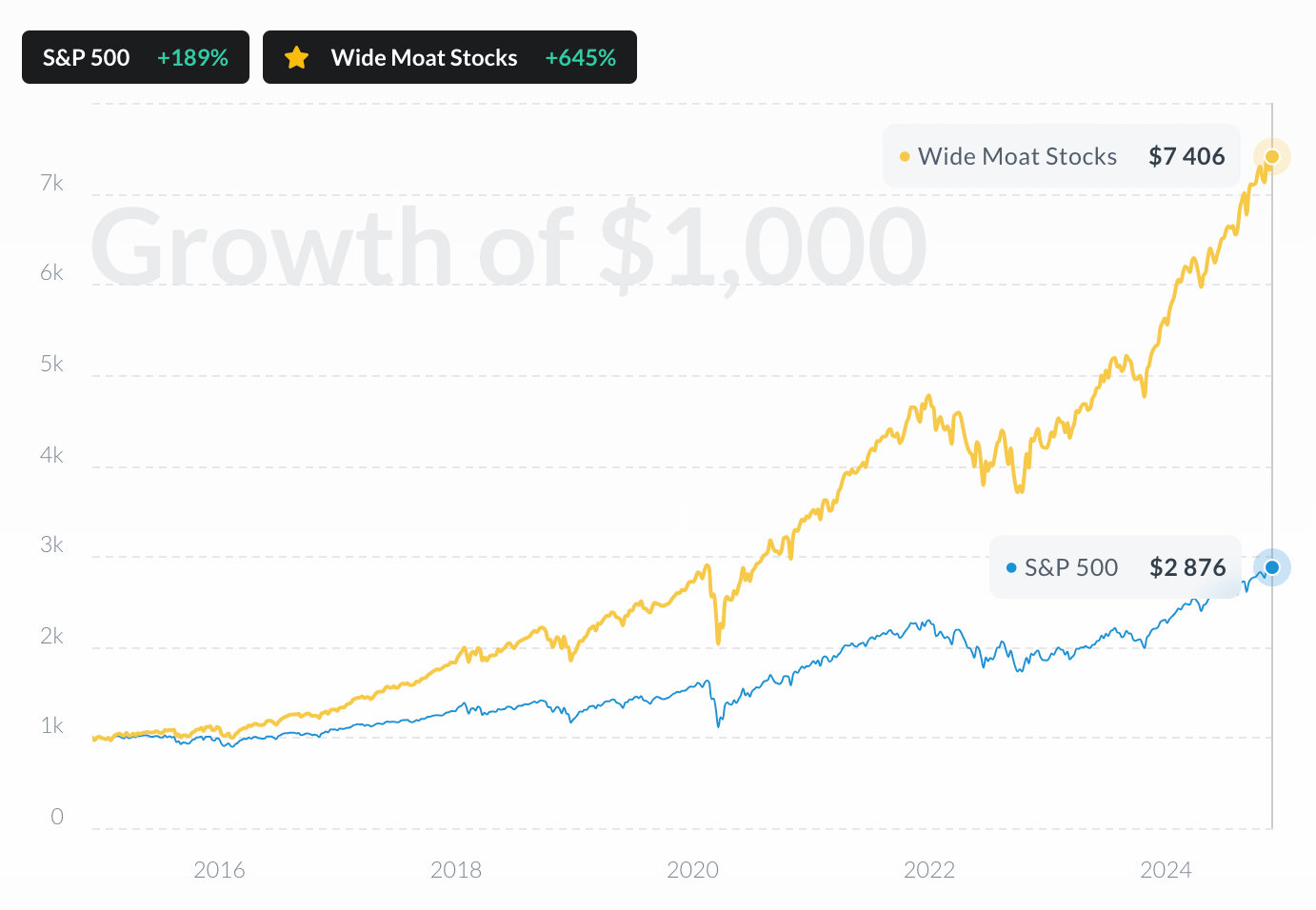


























 You don't have any saved screeners yet
You don't have any saved screeners yet